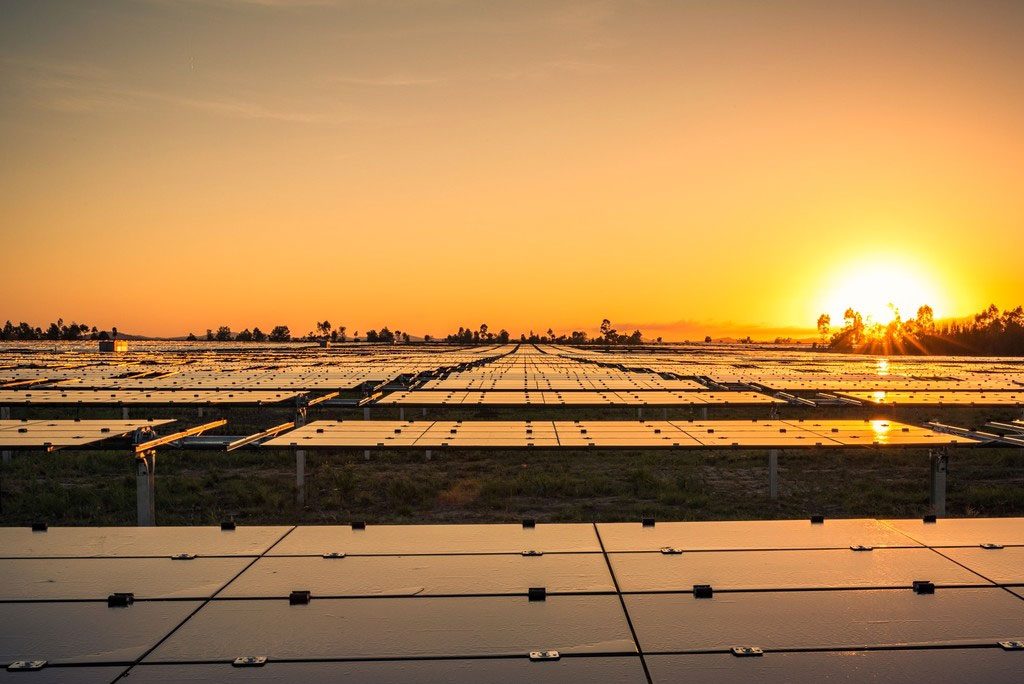Low-cost recycling technology for solar PV
It’s one of the vexed questions about the burgeoning solar PV industry: what happens to the panels when they reach the end of their working life? A new report has some important answers.

By the end of 2022, it’s estimated the world’s total installed solar photovoltaic (PV) generation capacity had reached almost 1200 GW.
Accounting for average power output per solar panel over past years, that equates to around 6 billion operational solar panels. Or, not too far off one panel per person across the world.
The International Renewable Energy Agency (IRENA) recently forecast waste from global cumulative solar PV projects would rise from 200,000 tonnes in 2021 to 200 million tonnes by 2050. If all that went to landfill, it would be equivalent to an entire decade’s worth of Australian landfill waste.
So why isn’t the world recycling solar PV? It’s a simple answer: cost.
A recent US government report put the cost of recycling a single panel at somewhere between $25 to $70 (US$15 to US$45). Whereas, the cost of industrial landfill in Australia works out to be between $1 to $3 per panel.
The University of New South Wales (UNSW), with ARENA support, has been working on solutions for cost-effective solar PV recycling.
Now, the project has published an interim Final Dissemination Report – Recycling Technology for Silicon PV Panel.
What can be recycled from old solar panels?
As you might expect, solar PV panels are complex beasts, containing lots of metals as well as silicon and glass.
Those metals have recyclable amounts of silver and copper. Both elements are critical for the energy transition.
The silicon itself is extremely high grade and attractive for recycling.
So far, so good. But there are also problems.
Solar panels also contain less valuable, toxic metals such as lead (Pb) and cadmium (Cd), which carry environmental risks.
Manufacturers construct the panels from strong tempered glass, laminated with the silicon PV cells. These layers need to be delaminated before the recyclable material can be separated.
It adds up to a difficult recycling challenge. Current methods use environmentally unfriendly chemicals and a lot of energy and that makes the process too expensive for practical recycling.
How can we reduce recycling costs?
The UNSW researchers combineded lab-scale operating prototypes and, importantly, advanced numerical models to develop a cost-effective, closed-loop and practical solution to recycling PV panels.
The report points to significant savings in developing and building recycling processes and in reducing energy consumption.
By using numerical models that are efficient and cost effective, developers can identify optimal designs before building protypes.
Step-by-step, the report examines pathways to creating ideal operating conditions for delaminating the solar panels and leaching metals.
Importantly, researchers have also come up with a low-cost mechanical method for separating valuable solar cell materials from the glass.
Overall, the report concludes the research work serves to optimise operating parameters, refine reactor designs, and suggest the most effective technical approaches for achieving exceptional waste PV panel delamination performance.
The UNSW is expected to complete its final report in 2024.

Andrew Webster